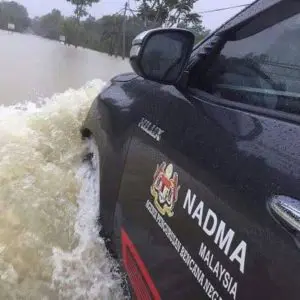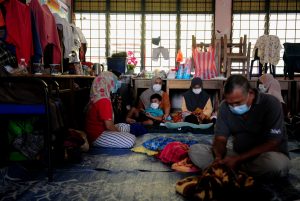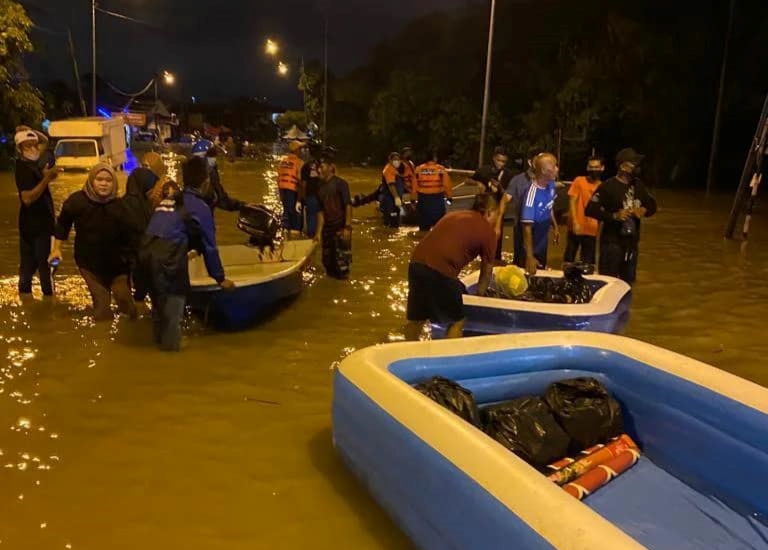KUALA LUMPUR, April 22 — Malaysia is on the right track towards ensuring the country’s preparedness in dealing with disasters, said Mercy Malaysia deputy executive director Hafiz Amirrol.
He said one of the improvements implemented was from the aspect of communications and information management, as well as awareness of risks and requirements to deal with disasters at every level, namely the federal government, state governments and local authorities.
“Preparedness in terms of understanding the risks… For example, the relevant parties are aware of and understand the need for funds for response, recovery and preparedness.
“Improvements can also be seen in technical agencies, where every action taken in relation to disaster risk management is now a more risk-informed decision and planning,” he told Bernama when contacted.
When tabling the Budget 2023 on February 24, Prime Minister Datuk Seri Anwar Ibrahim announced that RM150 million would be channelled to the National Disaster Management Agency (Nadma) to improve asset requirements, warning systems and assistance to affected people.
A total of RM50 million was also allocated to the Malaysian Armed Forces, the Malaysian Fire and Rescue Department and the Malaysian Volunteer Corps Department (RELA) for the provision of equipment and assets to deal with disasters, while the role of the community as the first responders is strengthened with a RM20 million allocation under the Caring Community Organisation Grant.
Hafiz described the allocation as risk financing that needs to be used optimally and managed through good risk governance at every level of disaster management.

He added the disaster warning system needs to be improved so information can be disseminated quickly, comprehensively and easily understood by the community, including persons with disabilities.
Meanwhile, Universiti Teknologi Malaysia Disaster Prevention and Preparedness Centre director Khamarrul Azahari Razak believes that the government’s initiative, which focuses on the early warning system, reflected its commitment to meeting the global agenda, the Sendai Framework for Disaster Risk Reduction 2015-2030.
Based on his observations, the preparedness of government agencies, especially first responders, was at a good level, but their capacity needed to be improved from time to time depending on the scale, location and type of disaster.
“In addition to empowering state governments and local authorities, the government also needs to pay attention to asset maintenance and not just focus on purchasing new ones.
“We also must consider the future scenario or what we refer to as new disasters, such as the sediment-related disaster in Baling, Kedah. Therefore, the allocation amount may need to be increased in the future,” Khamarrul Azahari said.
He also described the government’s efforts to increase the community’s level of disaster preparedness as the right move, because they can act as emergency responders since they are already at the scene.
Apart from training communities with skills and knowledge to deal with disasters, Khamarrul Azahari suggested the government look into other needs, like equipment or specific assets that can be used to strengthen their roles as first responders.
— Bernama






